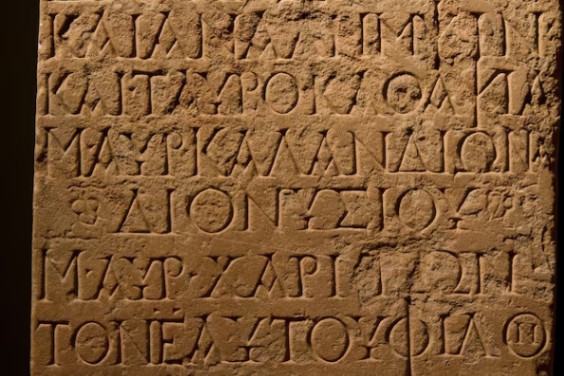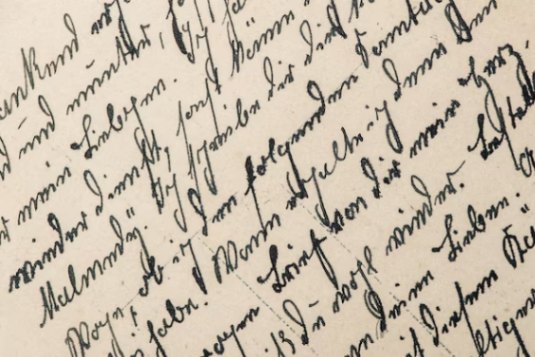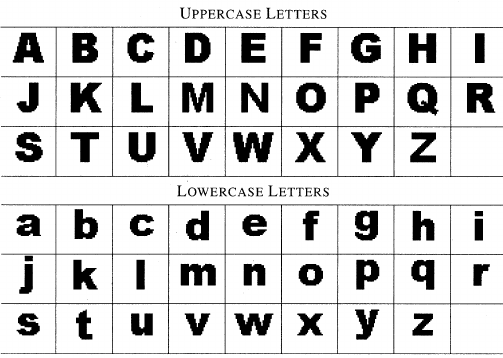Have you ever wondered why English and some other languages have two sets of alphabets – uppercase and lowercase letters? It’s an interesting story that goes way back in history, involving ancient writing techniques and the evolution of writing materials.
In ancient times, before the invention of paper, people wrote on stones, metal sheets, papyrus, or palm leaves. Writing on these materials wasn’t easy. Straight lines were much simpler to write on hard surfaces than curves. That’s why if you look at old inscriptions, like those on ancient monuments, you’ll notice that the letters are mostly made up of straight lines and sharp angles. These early forms of letters are what we now call uppercase letters.

Introducing smoother writing materials
Fast forward a bit to when paper and other smoother writing materials were invented. Writing on paper is much different from carving into stone. With paper, people could use pens, brushes, or quills, which allowed for more fluid and easier movements of the hand. Curved lines became much easier to write. As a result, people started to adapt their writing styles to take advantage of these new, more flexible materials.
This is where lowercase letters come into the picture. To write quickly and efficiently on paper, scribes began to modify the straight, angular shapes of uppercase letters into more rounded and flowing forms. These new forms were easier and faster to write, especially for lengthy texts. So, lowercase letters were essentially born out of the need for speed and ease of writing on more pliable materials.

So why do we still have the uppercase letters?
Because having two sets of letters is pretty useful. People started using uppercase letters for specific purposes. For example, they are great for marking the beginning of sentences or highlighting important words and names. This helps make writing clearer and easier to read. Think about how you instantly know the start of a new sentence because it begins with a capital letter. It’s a visual cue that helps guide our reading.
Meanwhile, lowercase letters are used for the majority of the text. They are more rounded and connected, which makes them faster to write and read in longer passages. This balance between uppercase and lowercase letters makes written language both efficient and easy to understand.
Why don’t all languages have two sets?
Not all languages have two sets of alphabets because their evolution took different paths. Some languages, when transitioning to paper, evolved new letter shapes that were easier to write, and dropped the older shapes entirely. Others retained their original letter shapes without any significant changes because their writing systems were already well-established and deeply integrated into their cultures, making it too difficult to adapt to the new writing materials in the same way. This variation in historical development and cultural context explains why the dual alphabet system is not universal.
It’s a great example of how tools and technologies available to us influence our practices.
Reference Links:
https://www.dictionary.com/e/capitals
https://en.wikipedia.org/wiki/Writing_material
